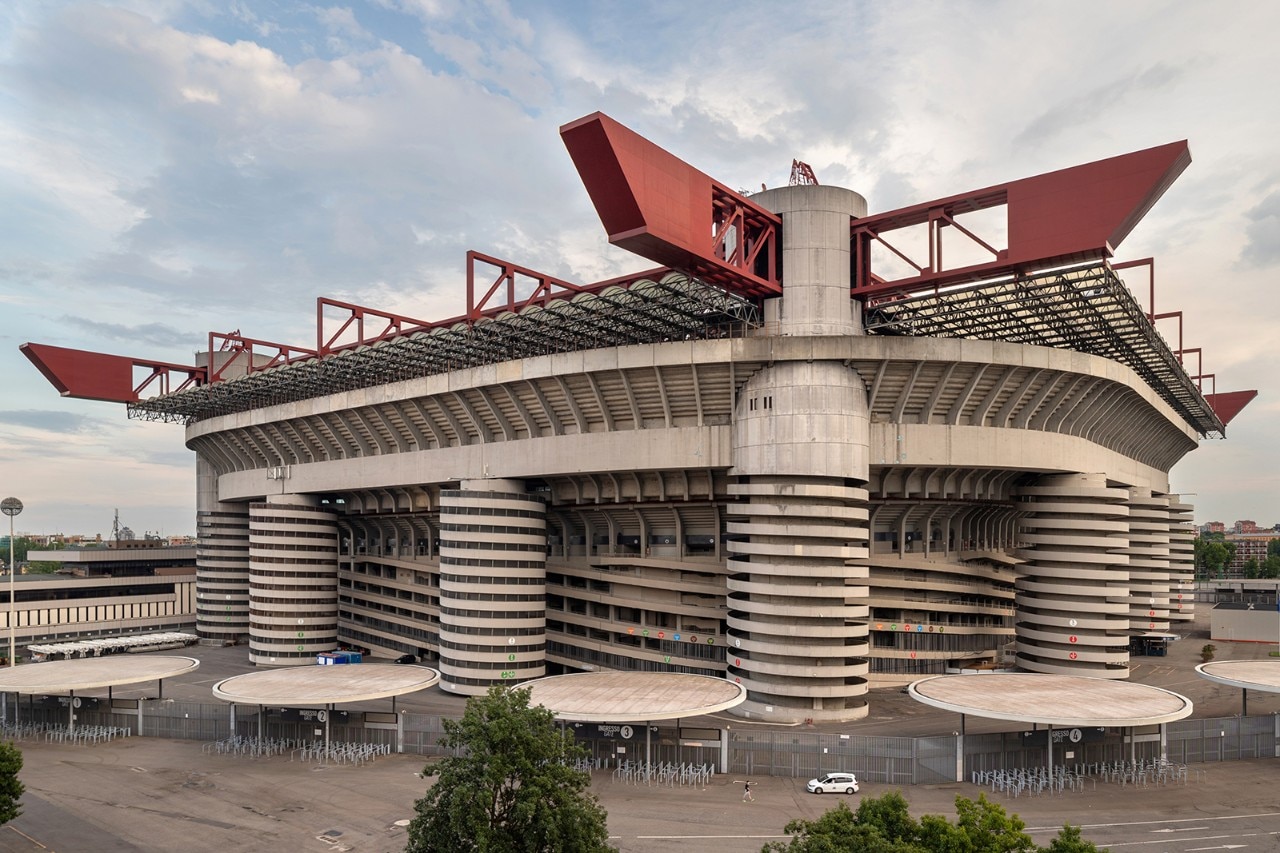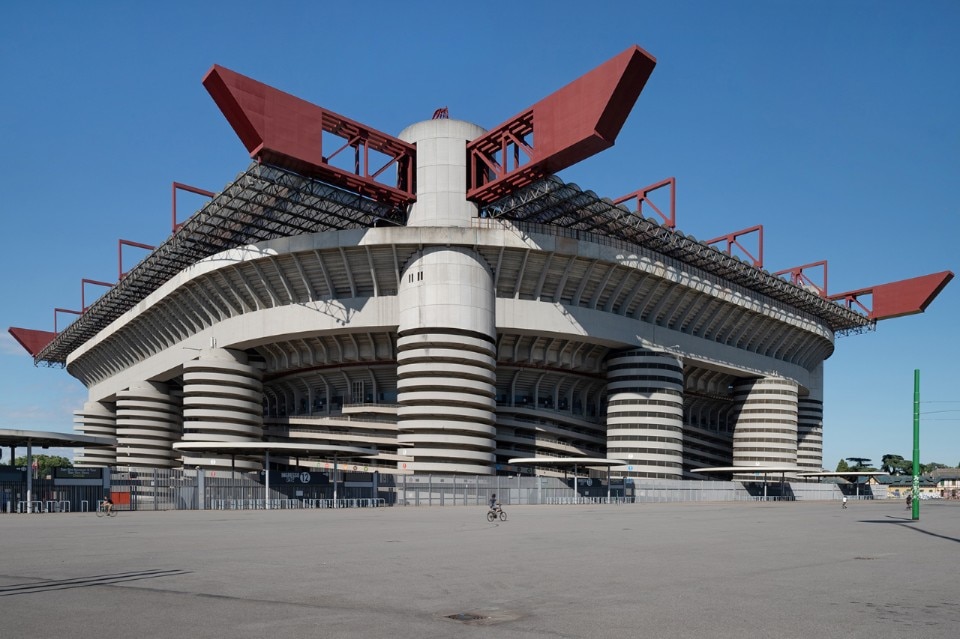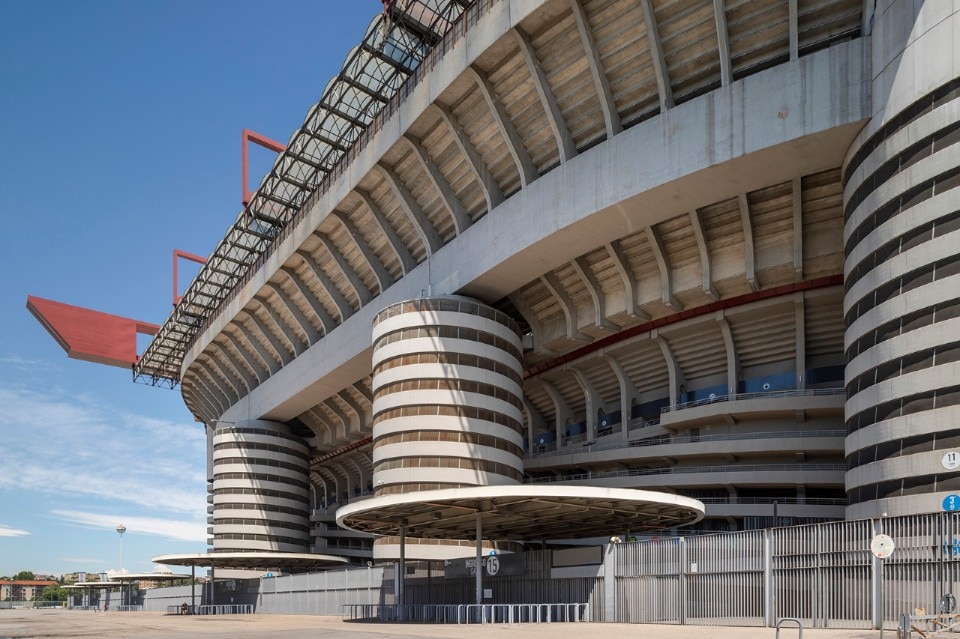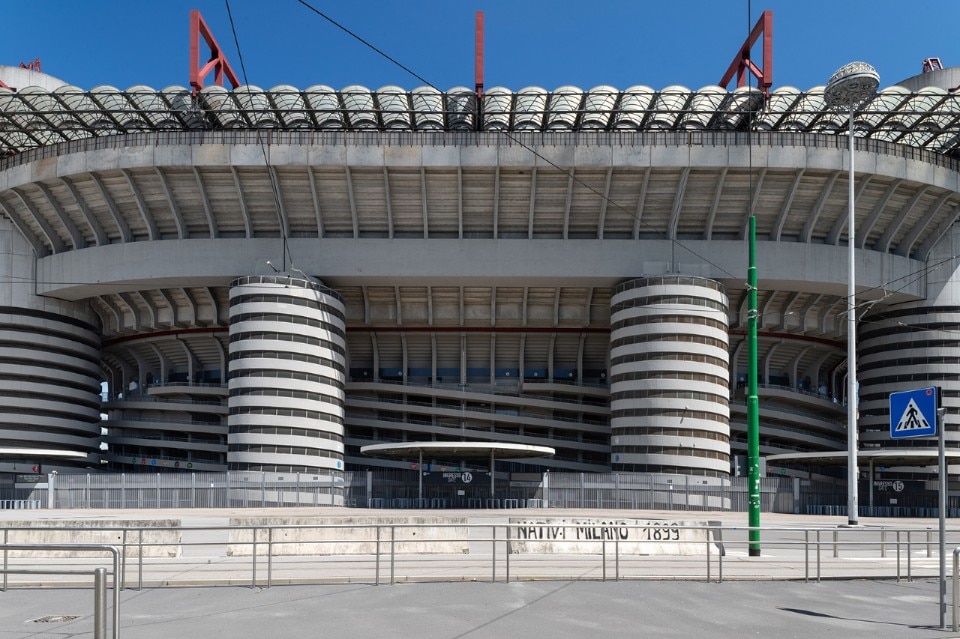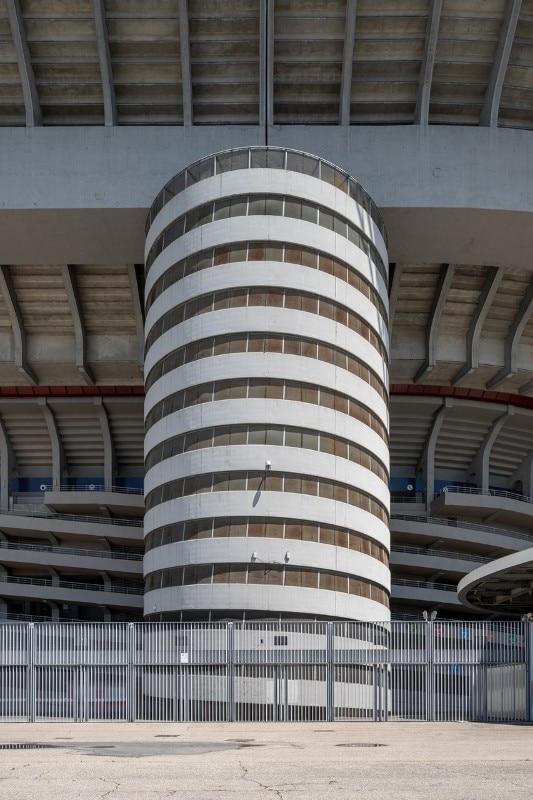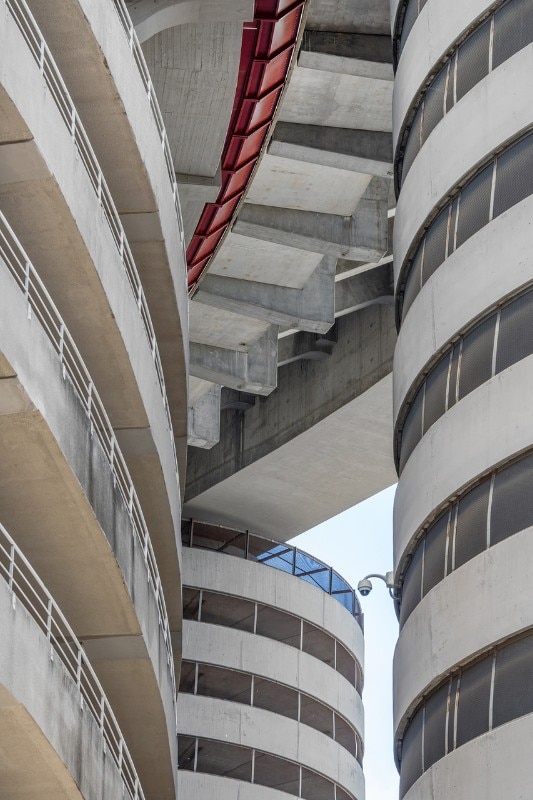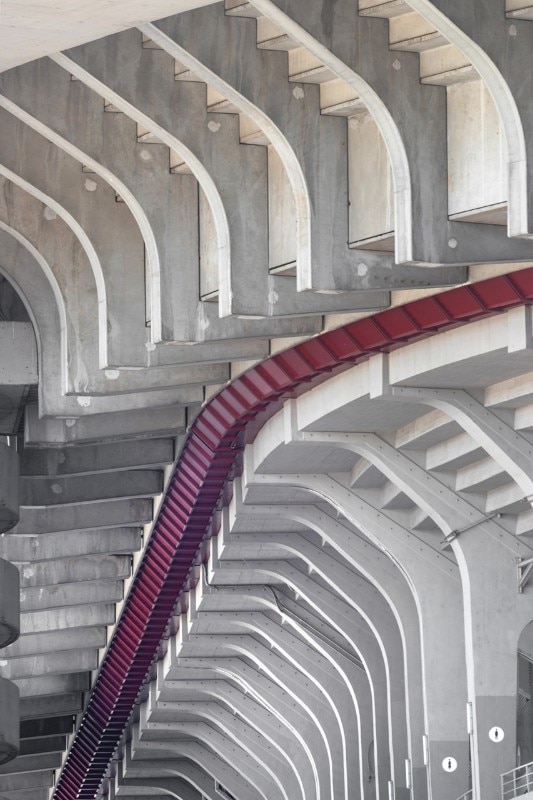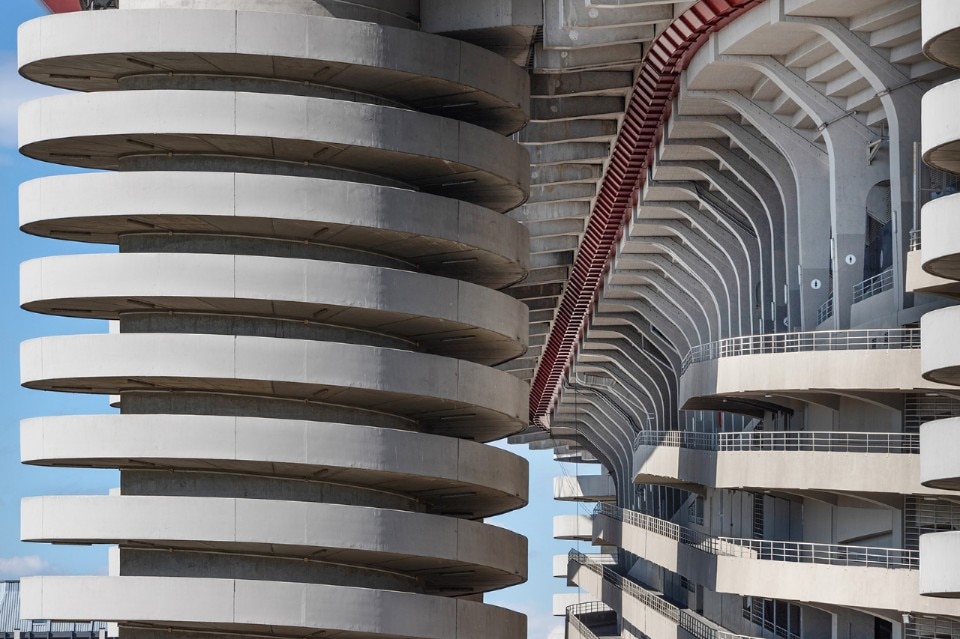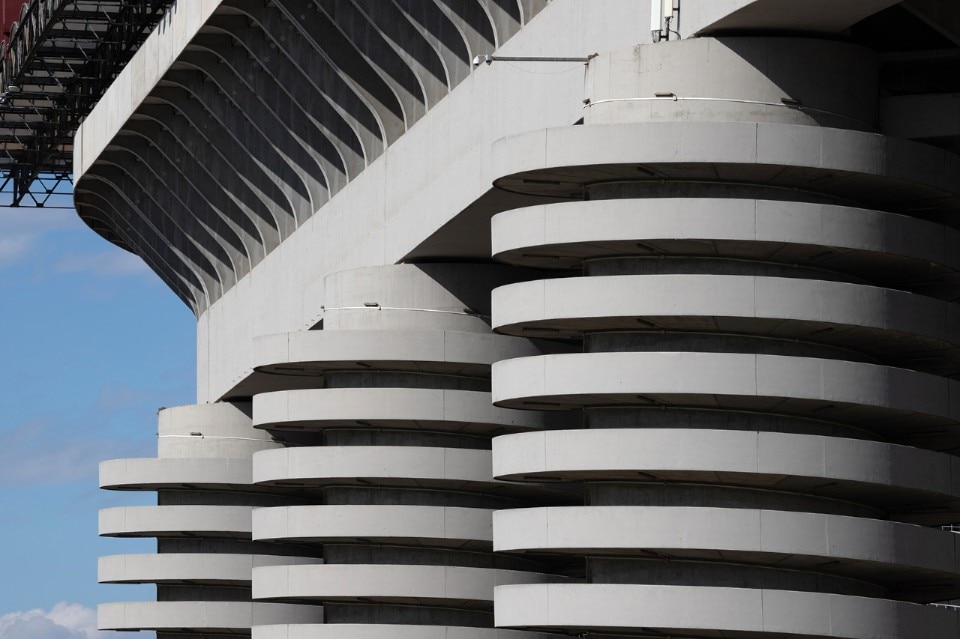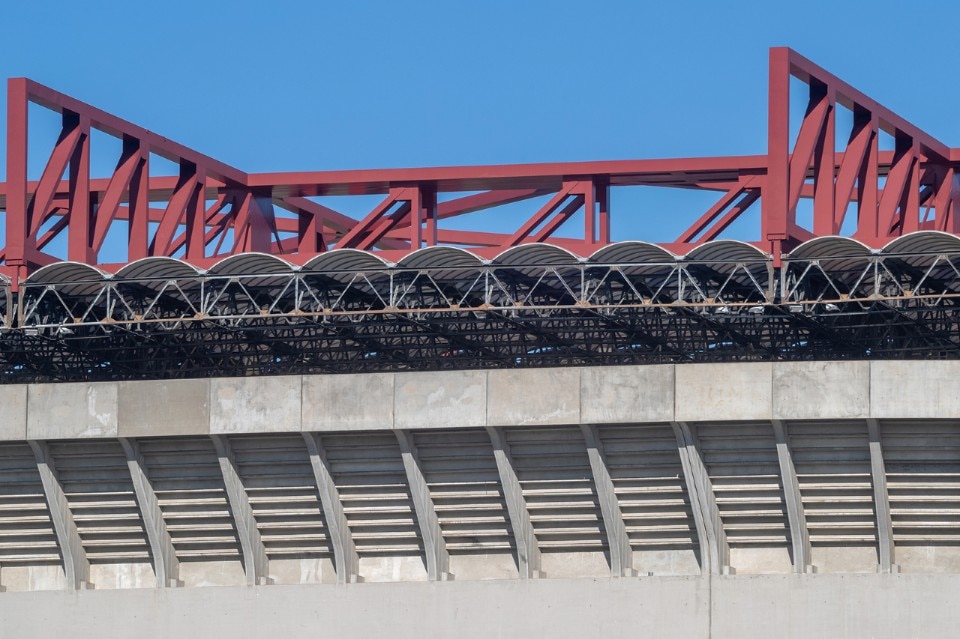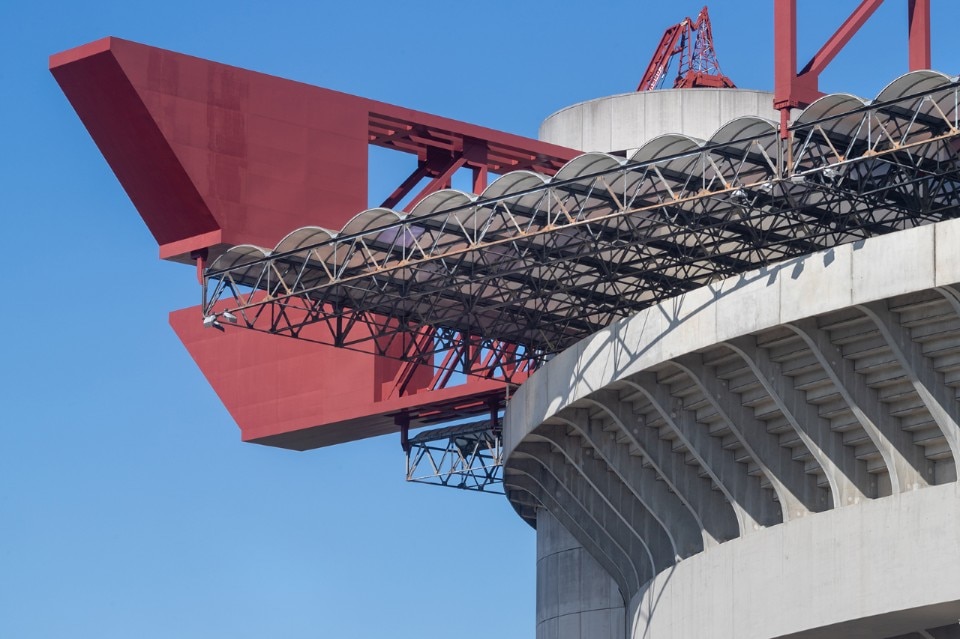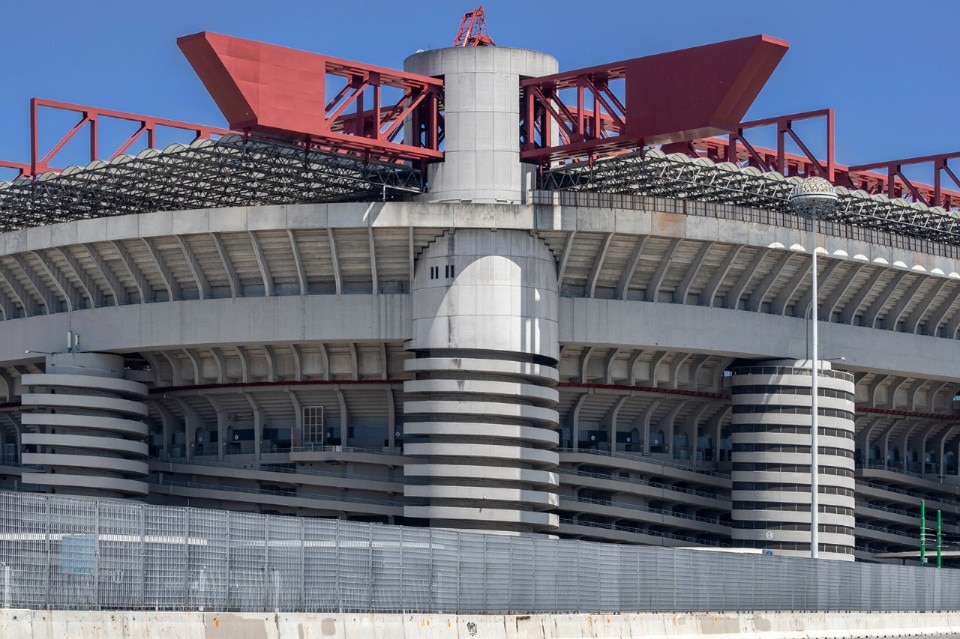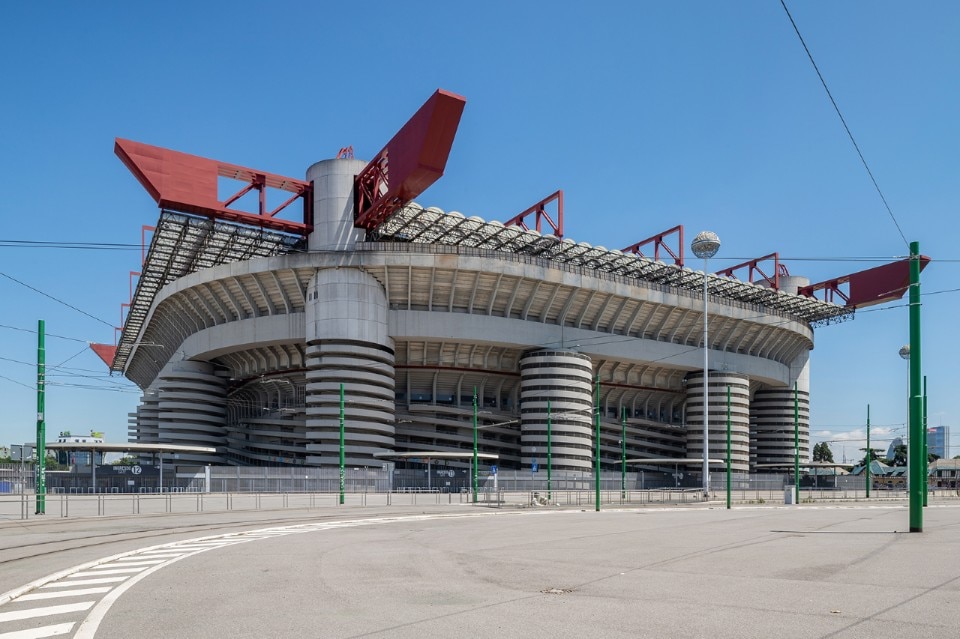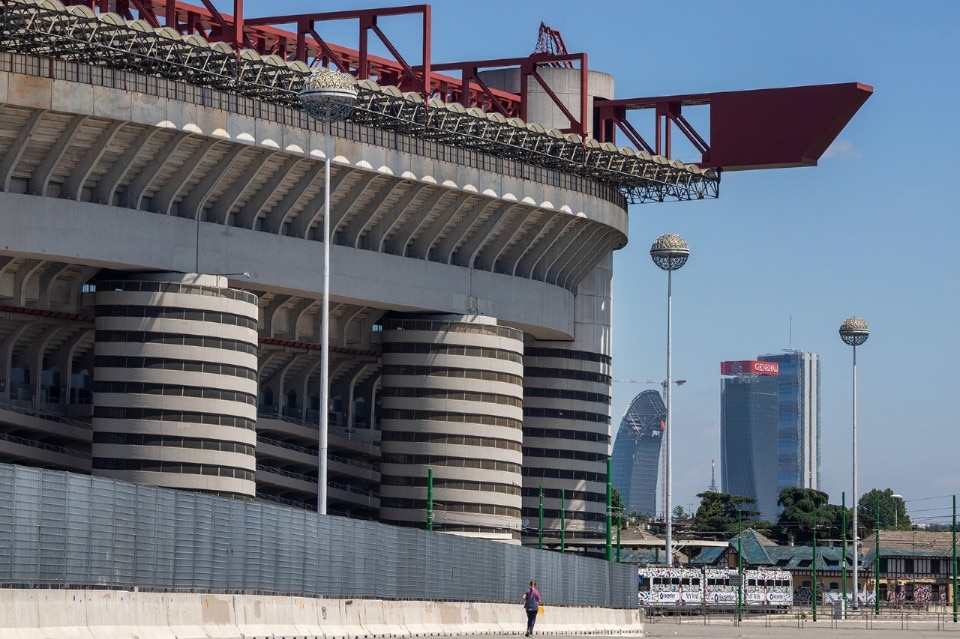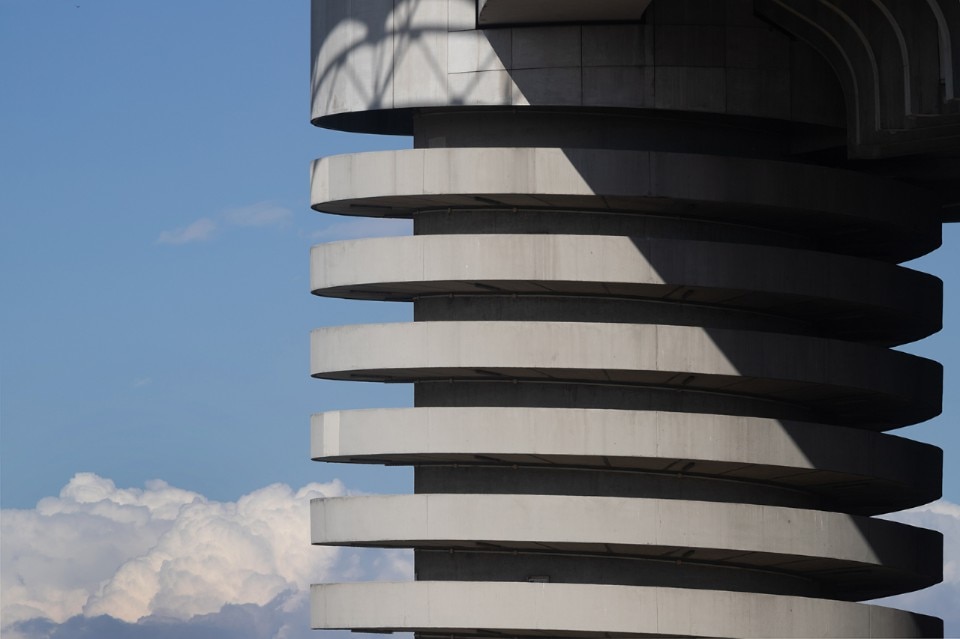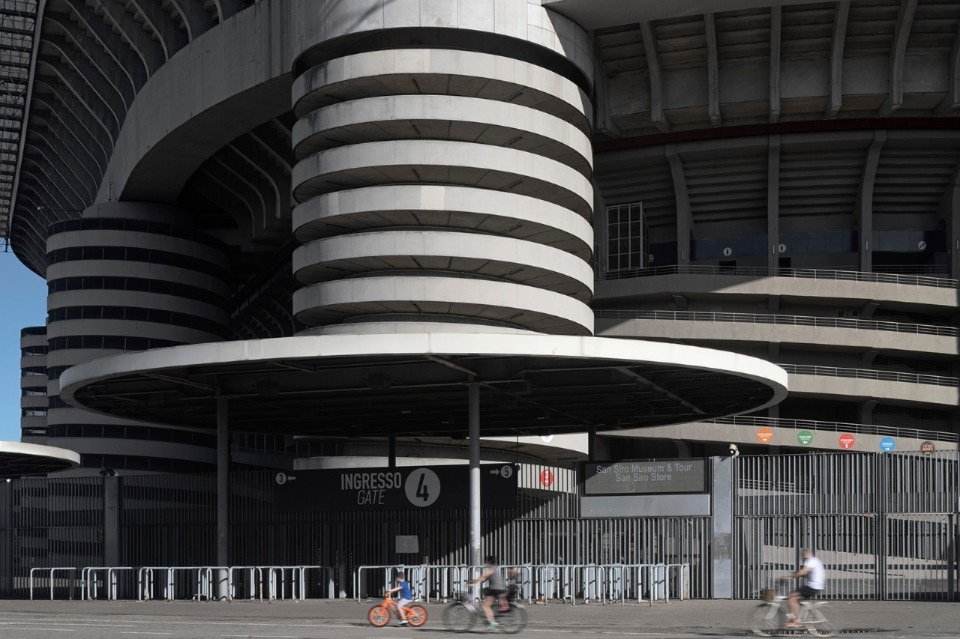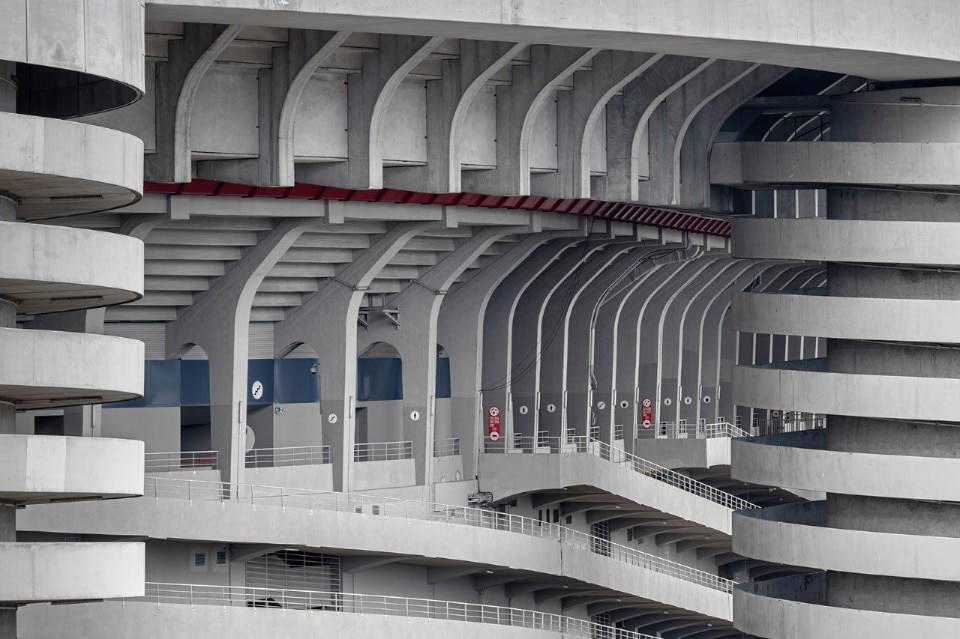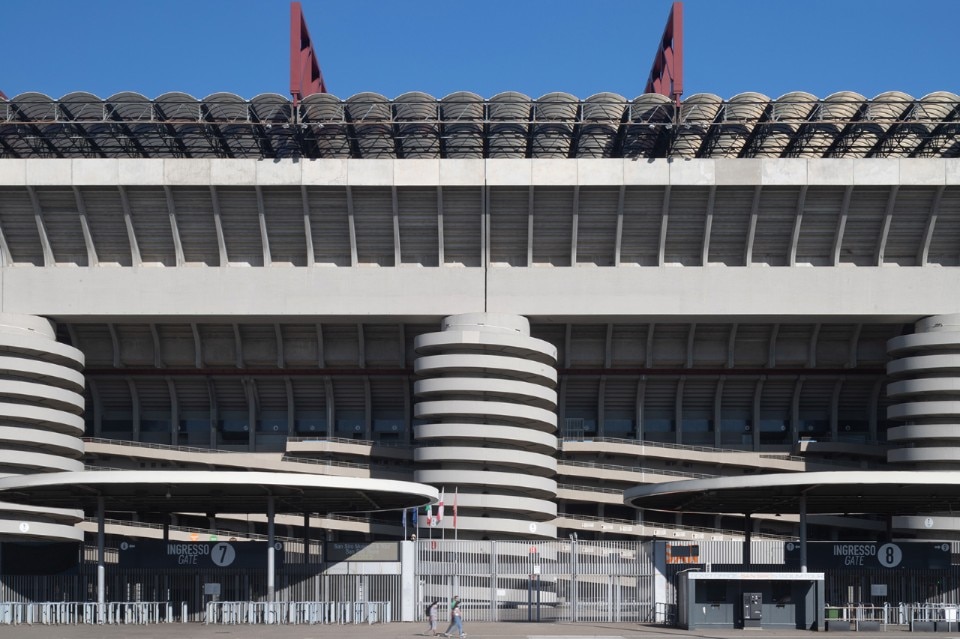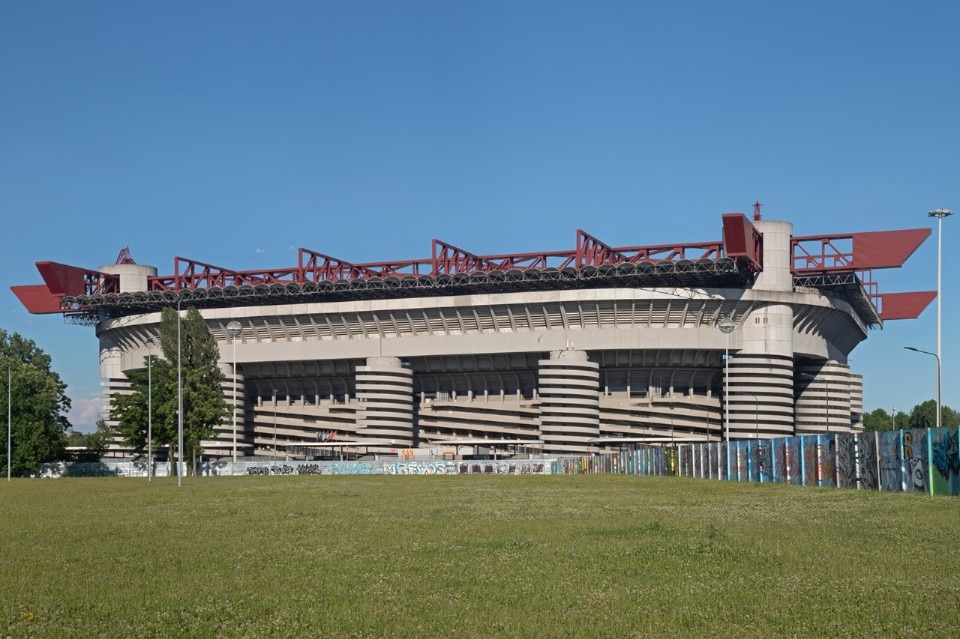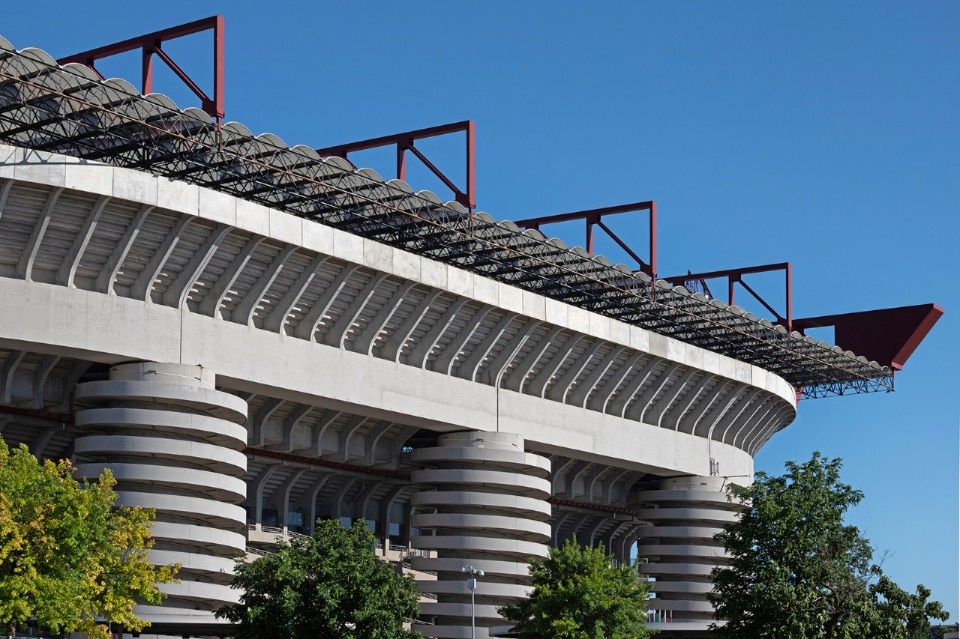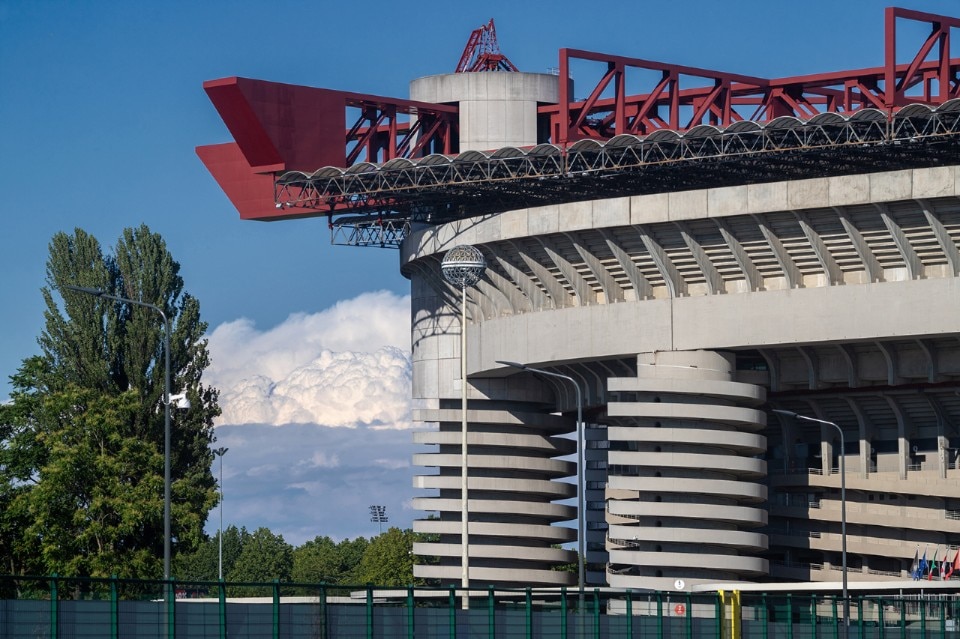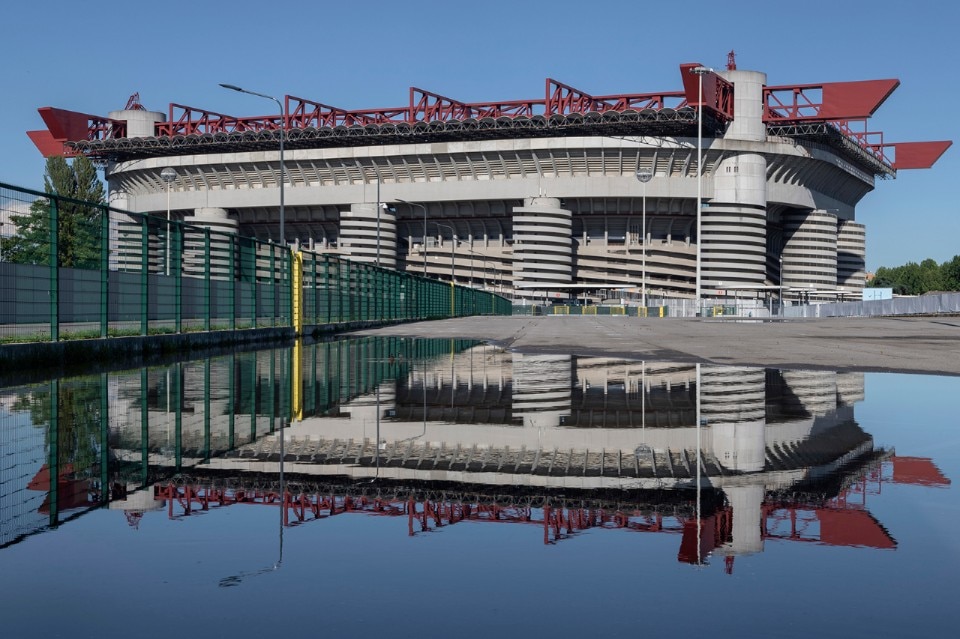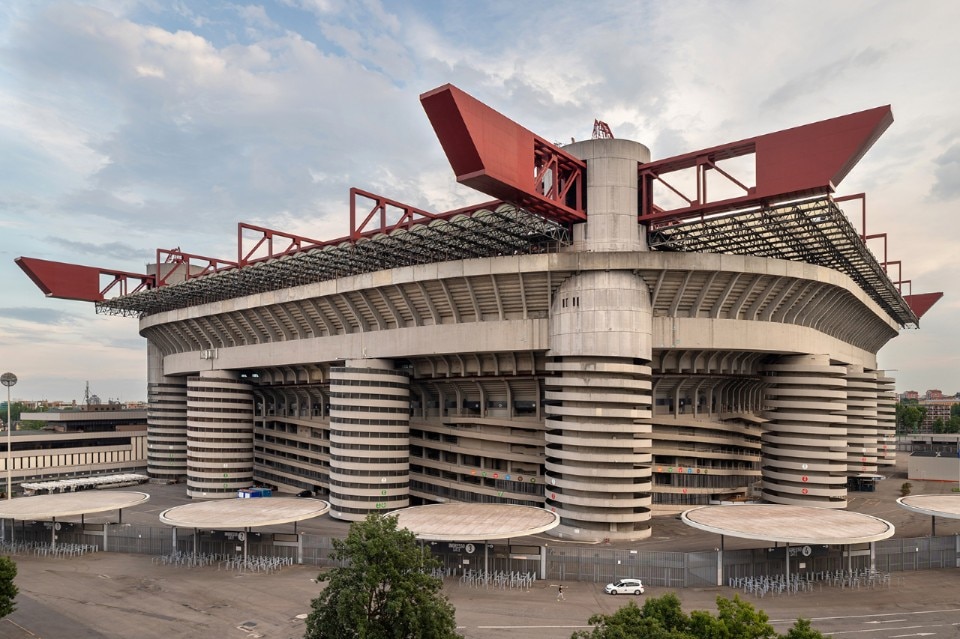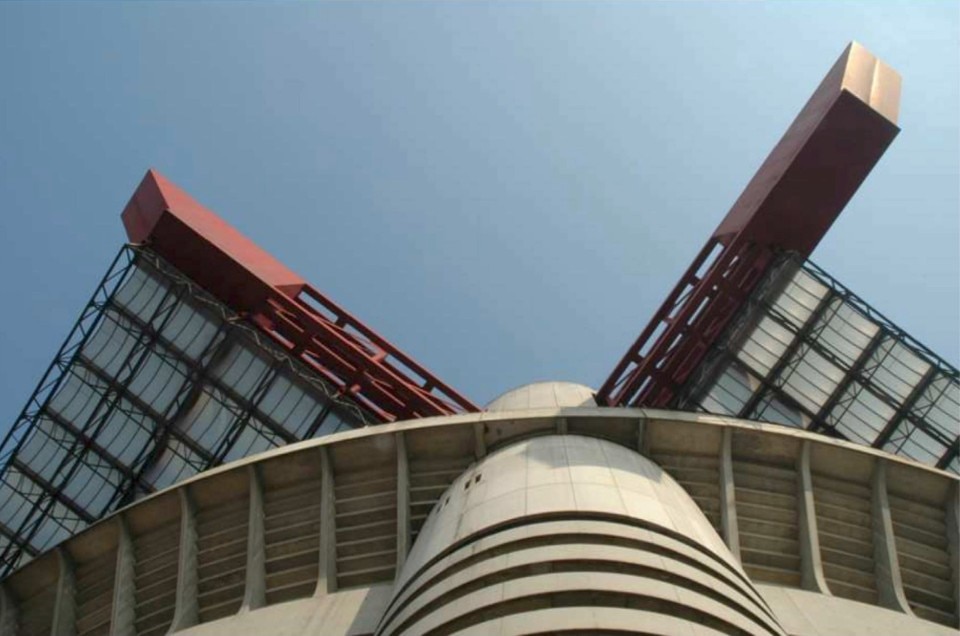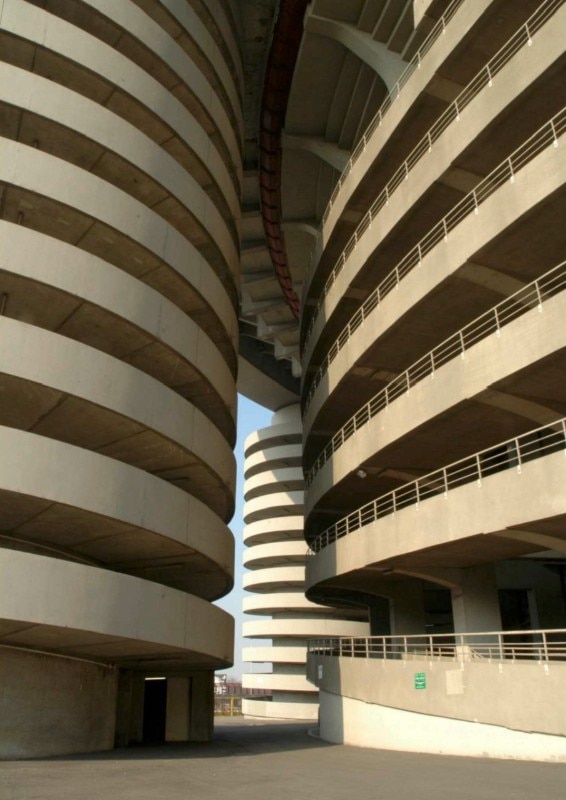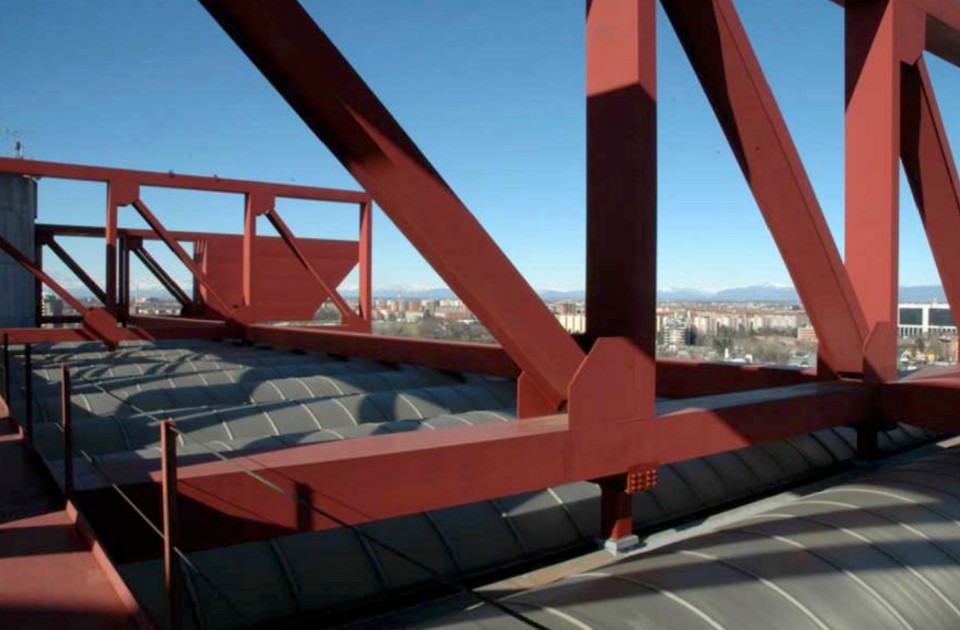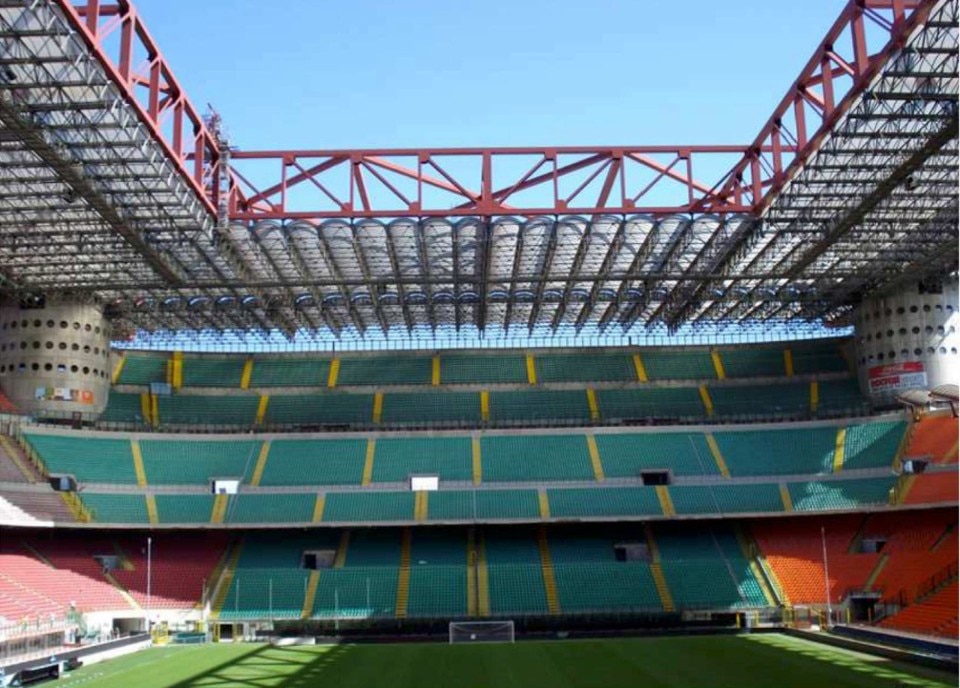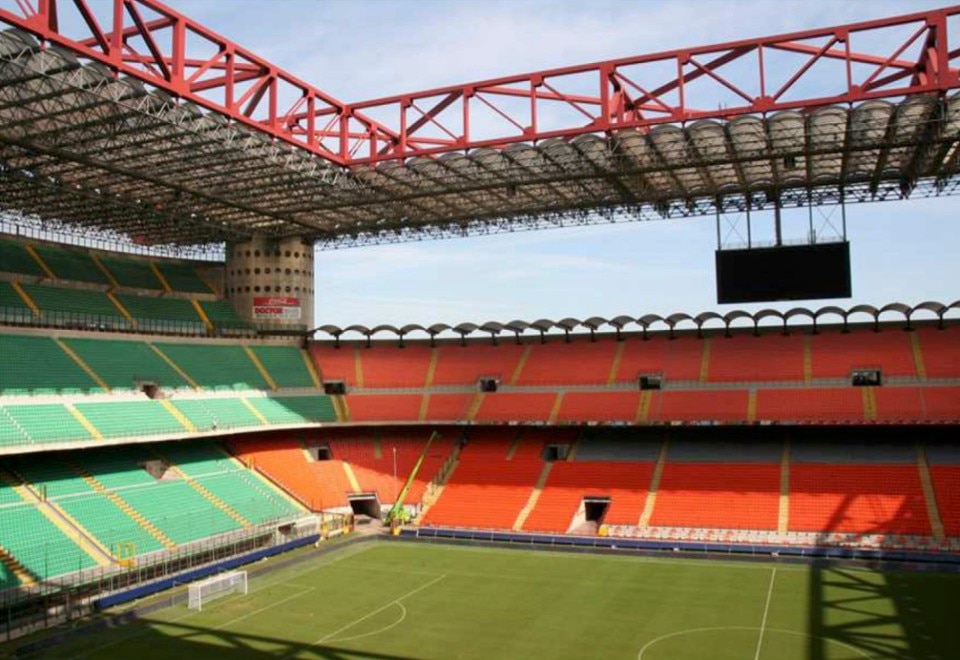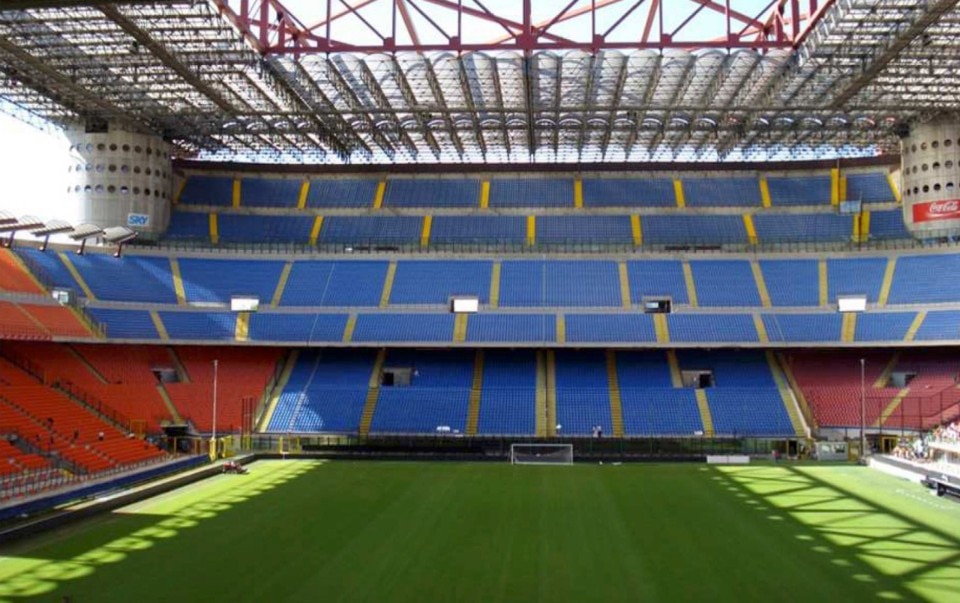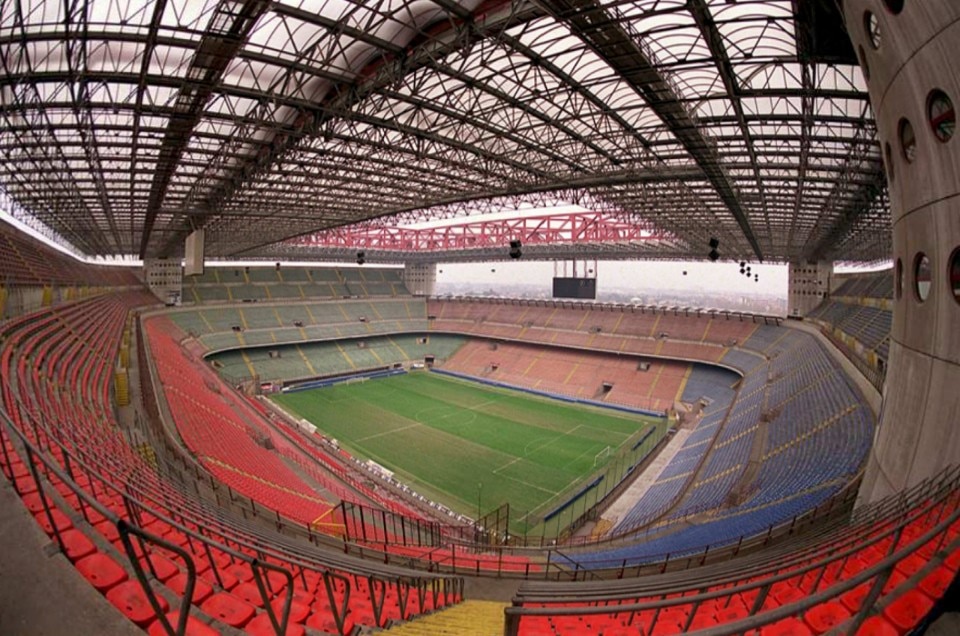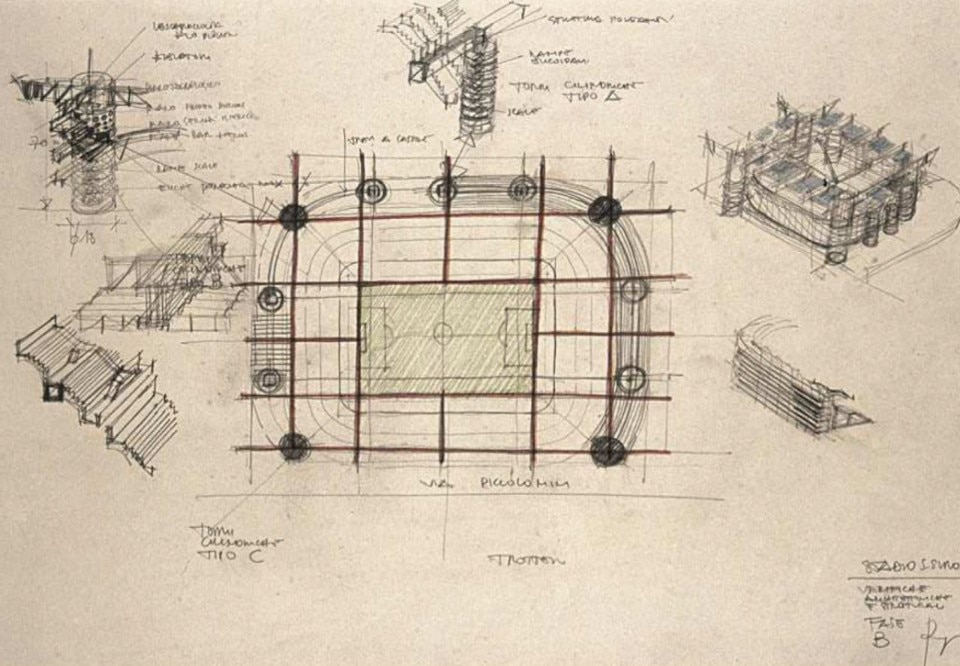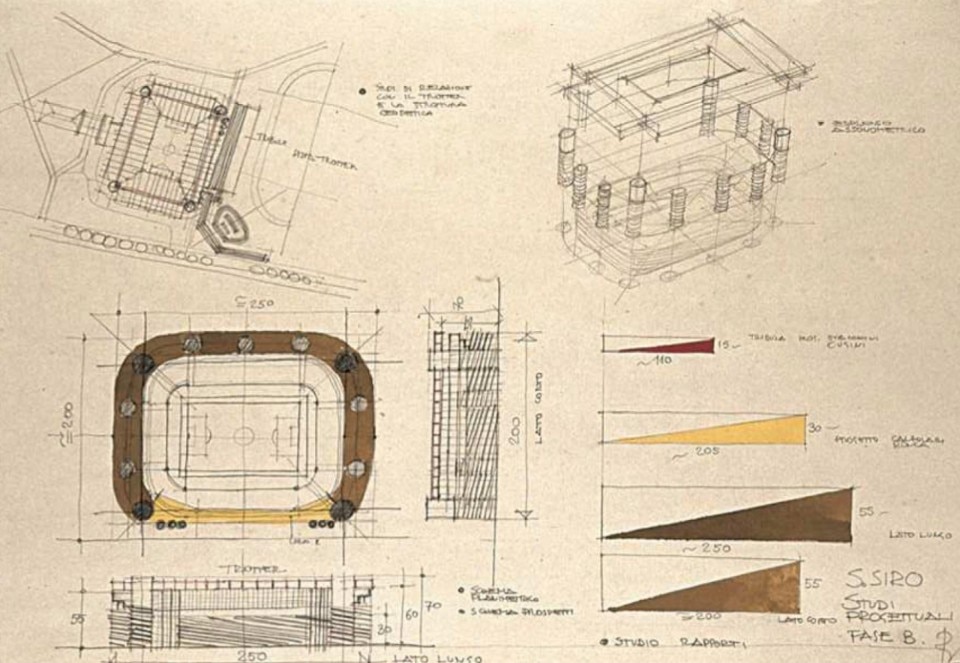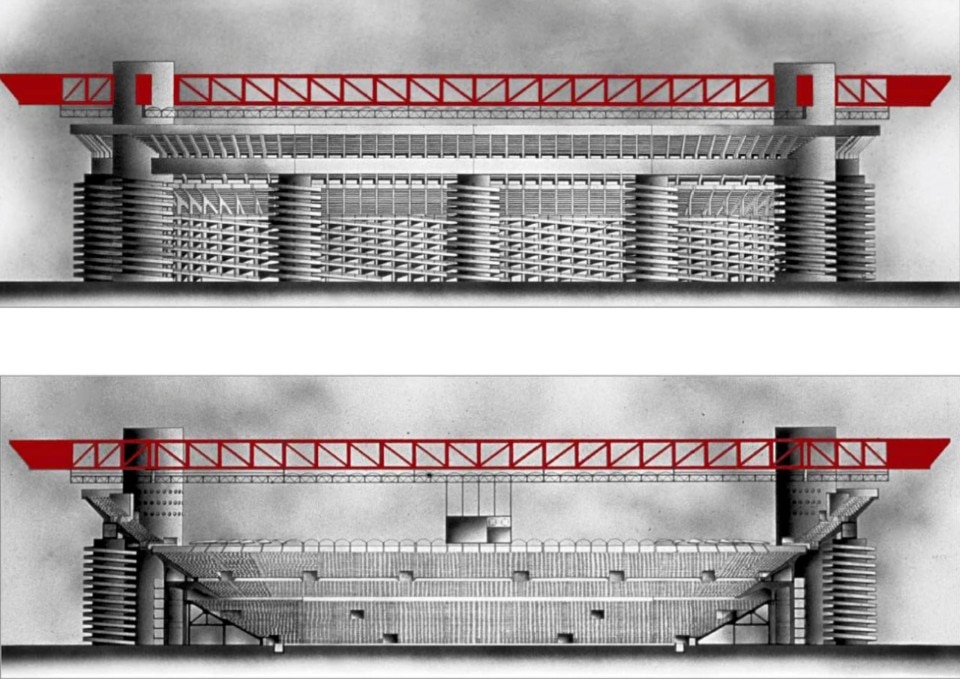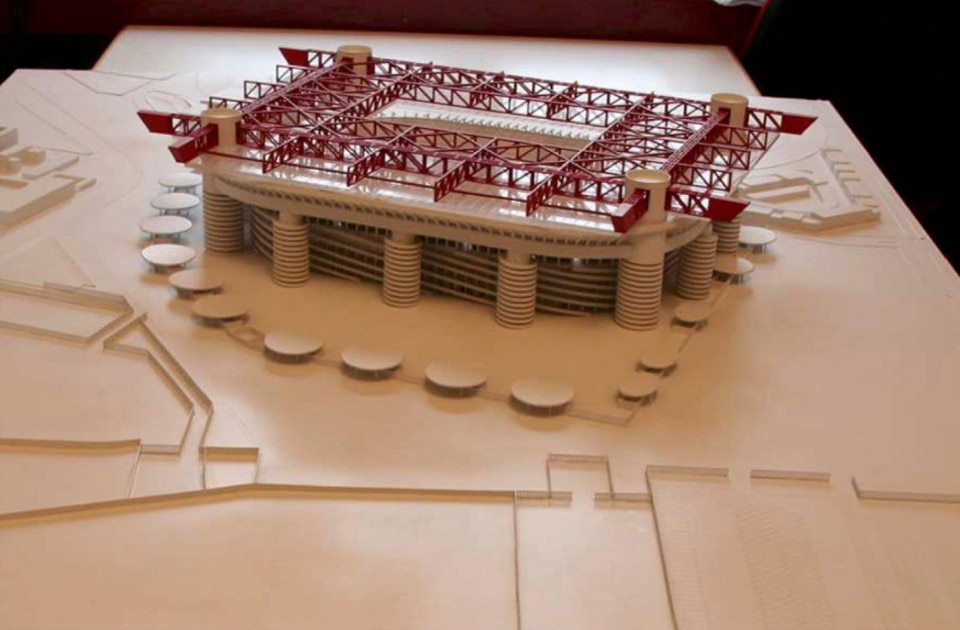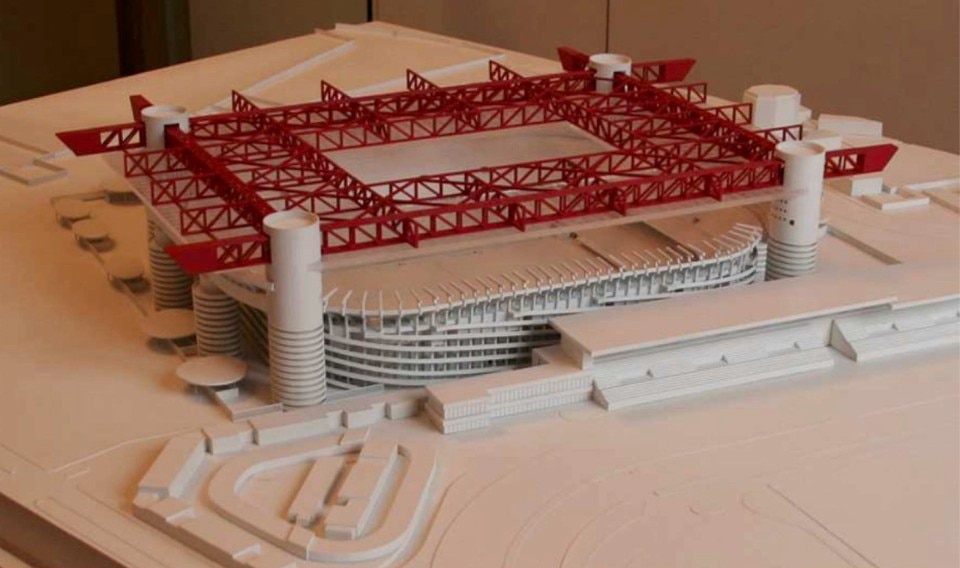Monuments are messages written in stone to pass on values, emotions, and experiences to the subsequent generations. Not all monuments were designed to be monuments. Sometimes, they become such after a lot of time and effort. This is the case of the Meazza Stadium in Milan, for which the end may come before time, neglect and loneliness devour it, especially now that the authorities have declared that “it does not have any architectural significance” according to the criteria of singularity, uniqueness and specificity of the work, and therefore its demolition cannot be prevented. This declaration has led to an impressive signature collection and the immediate filing of an appeal.
With the disappearance of the Meazza, we would also have to bid farewell to the world narrated by Gianni Brera, that of Peppino Meazza, “an example of our devastated and yet galliard entozoon, with so much nerve that it amazes anyone who underestimates him. When he became an Inter player, the members were asked to host him as often as possible in order to make him eat steak, a food that he couldn’t eat quite as often at home. At seventeen he was already so good that Bernardini was demoted to midfield. He made Italian football reach European levels.”
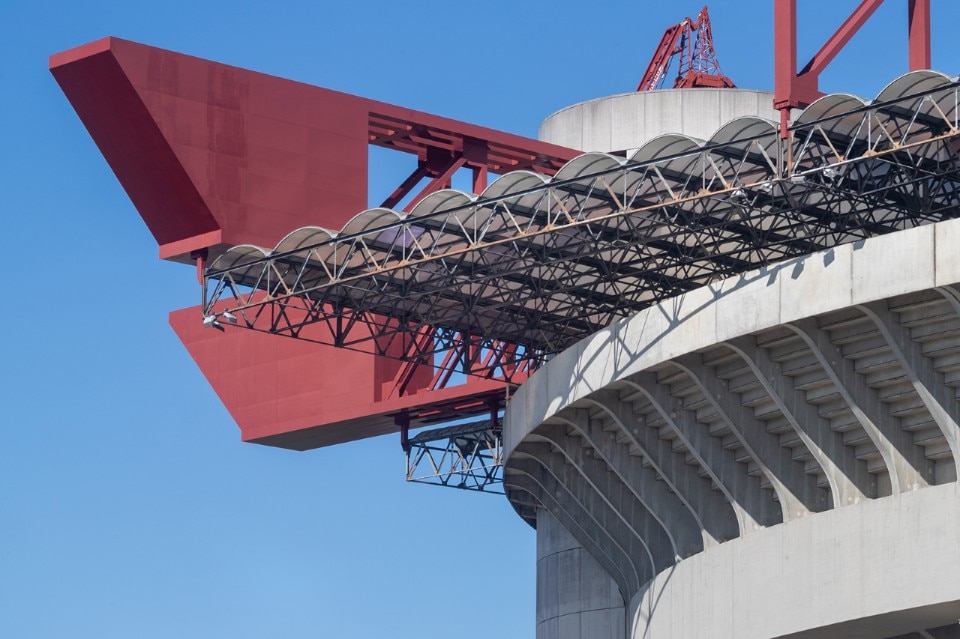
National-popular epic, stories of struggle, redemption, emancipation and glory, written with the words of Pasolini: from those who played in the mud, in the dust, in the grass, in the streets. An entozoon that will become a great experimental social laboratory of internationalization with all the new mixes of people, cultures, colors offered by music and sport.
Like mass consumption crockery, cars and objects, the San Siro stadium represents a tangle of symbolic relationships in which aesthetics, zeitgeist, imaginary and tribal physical identity are intertwined. With the peculiarity of being unique: phenomenologically speaking, the stadium embodies and concretizes the miracle of the same mix that is so dear to progressive urbanists. The Meazza is the symbol of an era, like the abandoned domed house in Costa Paradiso built by Dante Bini for Monica Vitti and Michelangelo Antonioni or the Istituto Marchiondi in Viganò. Here, the nemesis of sublime and pop coincide: the abandonment, the speculation, or the absence of an adequate cultural policy and a sense of tradition prevent the proper enhancement of unique objects that are irreplaceable evidence.
It is difficult to contest the matter of singularity, uniqueness and specificity of the work (despite what the Provincial Supervisory Commission has in fact stated, i.e. the non-existence of historical and artistic significance), since it is an arena stadium where sporting events and cultural activities have taken place continuously, and it could celebrate 100 years of history while boasting some great records: besides being the largest Italian stadium and one of the first in Europe, the only one to integrate its development phases from 1926 to 1990, it is still included in the UEFA “Elite List” of stadiums (2016).
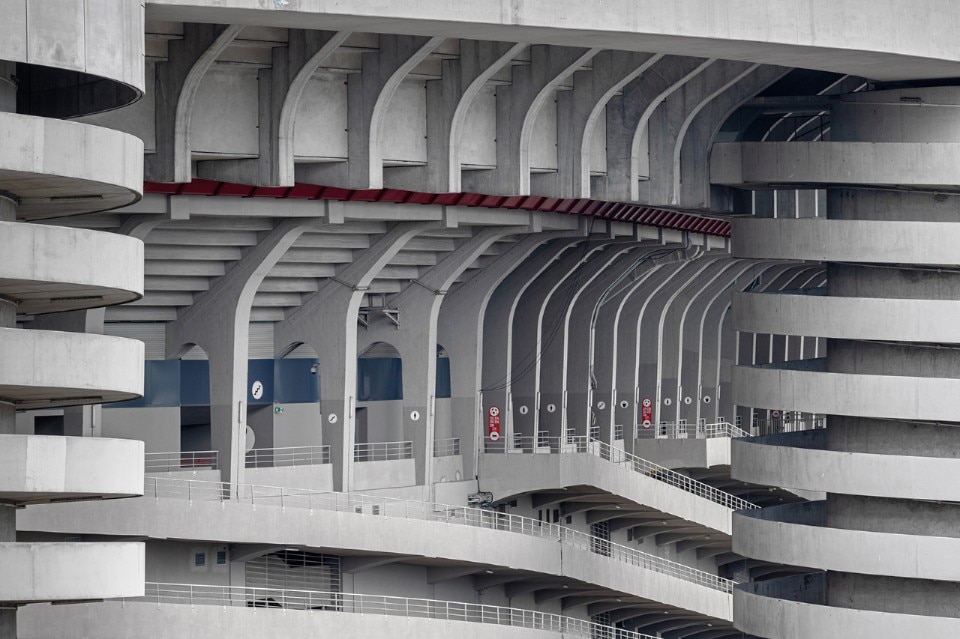
The construction phases of this masterpiece of engineering are very clear and easy to spot even to this day: after a first historical phase led by Ulisse Stacchini (1925), four straight stands, then connected together by Perlasca and Bertera with the introduction of the “Curve” (1935), the 1950s saw the project by Ronca e Calzolari (1955), which contributed to create a strong image with a unified design of an arena surrounded by ramps that hints at a distant twentieth-century neoclassical inspiration. The third ring was created after the collaboration between architects Giancarlo Ragazzi and Enrico Hoffer and engineer Leo Finzi (1990) – winner at the age of 36 of the competition for the sports stadium in Genoa, for which he designed the tensile structure by beating Nervi and Daneri (1960-64) – , who succeeded in the impossible mission of re-functionalizing the stadium, without stopping the championship, right in time for the 1990 World Cup. Giancarlo Ragazzi, who died in 2017, graduated with Rogers from Gio Ponti’s Polytechnic, was Berlusconi’s trusted architect who, with Edilnord, signed the districts of Milano 2, Milano 3, Il Girasole and Milano Visconti. The “third ring” was “given” to the city by Berlusconi’s Finivest just in time for the World Cup, at the time of the Great Milan of Baresi, Gullit, Van Basten and Sacchi. The rough modernist appeal of the reinforced concrete, the exposed pylon of the projecting roof beams and the gigantism of the independent ring-shaped mega-structure with ten beams and 11 supporting towers is toned down by the attention to architectural details that manage to obtain, despite a partial asymmetry, perfect unity of design, coherence and fusion between the new intervention and the pre-existing structure. A consistency that the beauty of the sections perfectly highlights.
The adherence to an aesthetic with a distinctly twentieth-century character of the raw concrete and industrial aesthetics links it to more distant and courtly examples, other precursor archetypes and heirs, such as the church of Baranzate di Mangiarotti, the dramatization of the suburbs of Canella, or the “cue” designed by Mario Bellini for the Portello. We would like to preserve it for history, but will we be able to do it? Fortunately, co-author architect Hoffer together with Francesco Ragazzi and others have filed a petition on 16 March for the recognition of the important artistic character of the stadium with the Superintendence of Archeology, Fine Arts and Landscape for the Metropolitan City of Milan and the Ministry of Cultural Heritage, in accordance with art. 20 of the Law on Copyright (Law 633/41), the law that protects contemporary architectural works. While awaiting the outcome of the request, the protest of those who claim that the demand for a new stadium, rather than a real sporting necessity, is yet another real estate operation linked to the increase in building indexes sanctioned by the PGT exploded. Compared to the index of 0.35 per sqm envisaged, the volumetric rights granted would provide for about 50,000 sqm more cement to offset the costs incurred by the promoting companies. A result that is not exactly in line with the green narrative and propaganda: a hot autumn is announced.
Roberto Conte (1980) started to take pictures in 2006, exploring abandoned places in Italy and abroad. During the years he increasingly focused on photographing architectures of the XX century, from rationalist structures to post-war modernism and contemporary architecture. He collaborates with architecture studios, institutions, design studios and artists. Together with Stefano Perego, he published in 2019 the book “Soviet Asia” (FUEL), focused on the Soviet Modernism in Central Asia. He held lectures about architecture photography, industrial heritage and Soviet architecture in many universities and instititions in Italy, Denmark, Russia and Kazakhstan.


